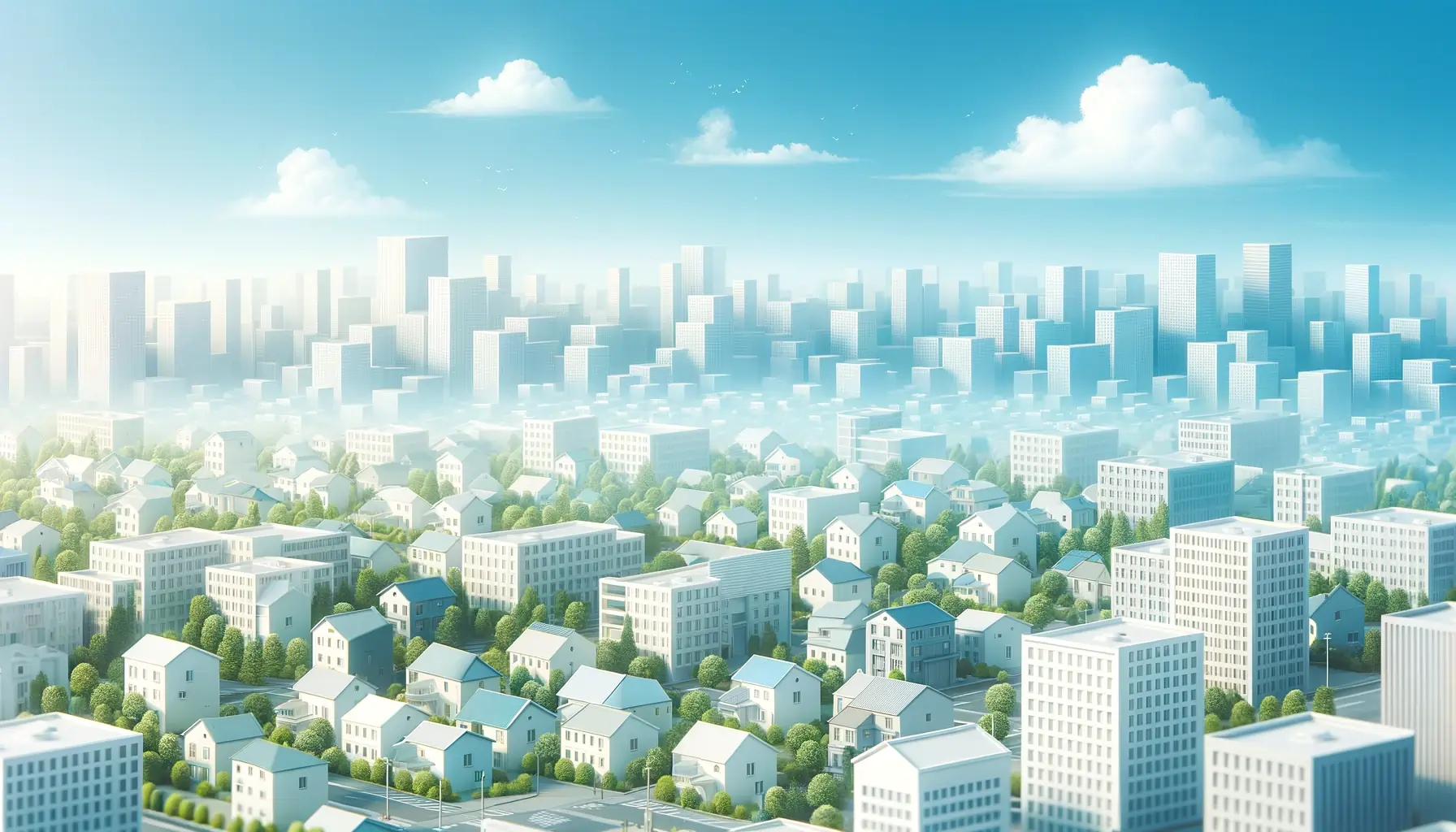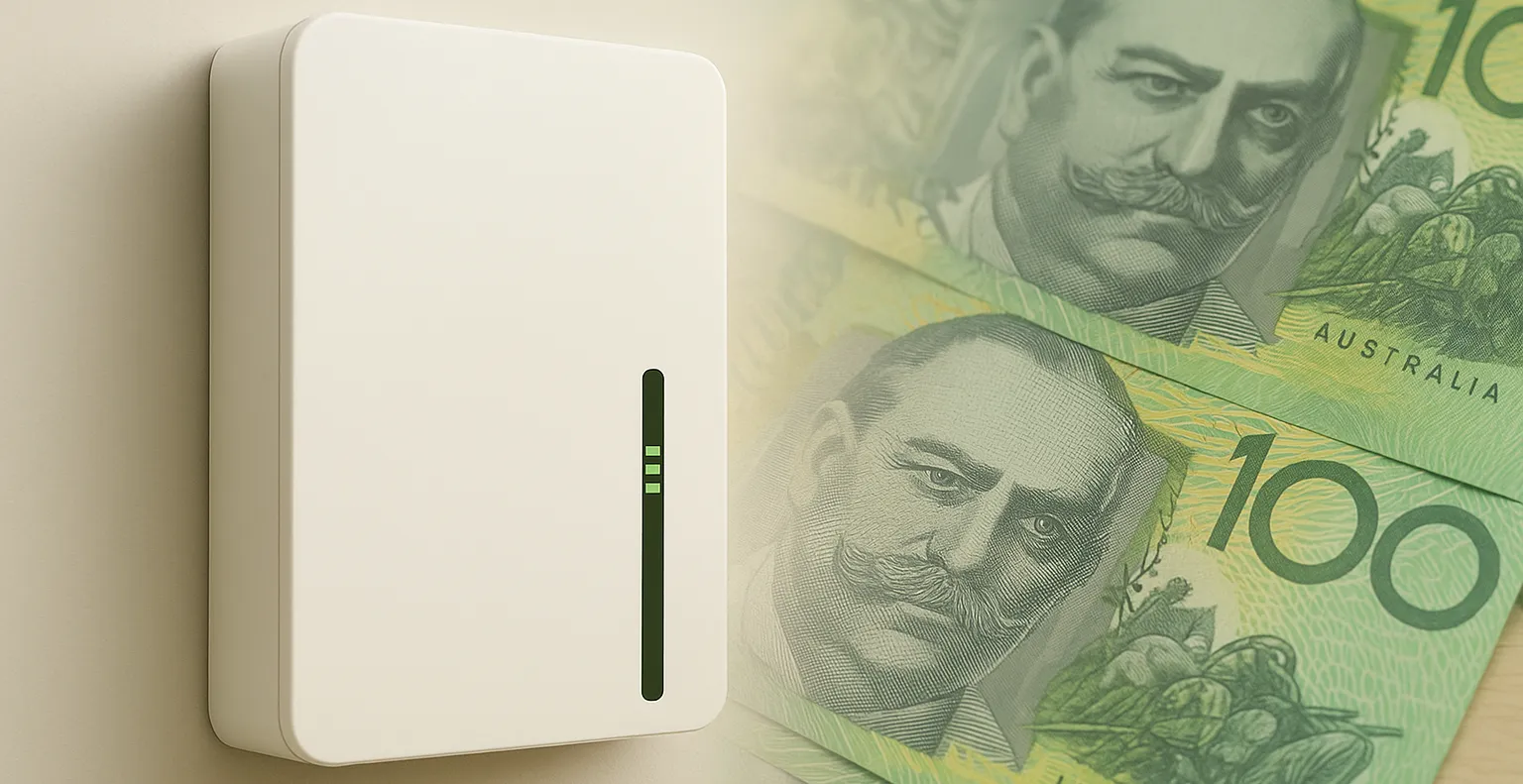In the scorching heat of Southern Greece and Tunisia, white rooftops and buildings stand as a testament to traditional wisdom, reflecting the sun's intensity to keep homes cool. However, this principle seems lost in the modern urban landscapes of Sydney and Melbourne, Australia, where new housing estates are dominated by dark rooftops, black roads, and sparse tree coverage, contributing to the urban heat island effect and skyrocketing cooling costs.
Dark roofs, absorbing and trapping heat, significantly increase the energy required for air conditioning, particularly in the sweltering summers. For instance, households with dark roofs in New South Wales face an average electricity bill of A$1827, with up to A$694 attributed to additional cooling needs. This not only burdens homeowners with higher utility bills but also exacerbates the urban heat island effect, leading to dangerously high temperatures in populated areas.
The benefits of adopting cool roofing solutions are manifold, extending beyond individual savings to encompass broader environmental impacts. Light-colored or "cool" roofs significantly reduce heat absorption, enhancing the efficiency of air conditioning systems and even improving the performance of rooftop solar panels by maintaining a cooler ambient temperature. This not only provides relief from the heat for the occupants but also contributes to lowering the overall temperature of urban areas, mitigating the urban heat island effect.
Despite the clear advantages, the adoption of cool roofs faces resistance, particularly from governmental bodies. Plans to encourage or mandate lighter-colored roofs in New South Wales were abruptly halted in 2022 due to opposition from developers. This reluctance to embrace sustainable building practices not only hinders progress towards energy efficiency and climate goals but also overlooks the long-term financial and environmental benefits of such initiatives.
The choice between a dark and a light roof might seem trivial, but it represents a critical decision in the context of sustainable urban planning and energy efficiency. As cities continue to grow and temperatures rise, the adoption of cool roofs could play a pivotal role in mitigating the impacts of urban heat islands and contributing to a more sustainable future. The challenge lies in overcoming resistance and prioritizing long-term benefits over short-term conveniences, a task that requires collective action and a shift in perspective towards sustainable living.

